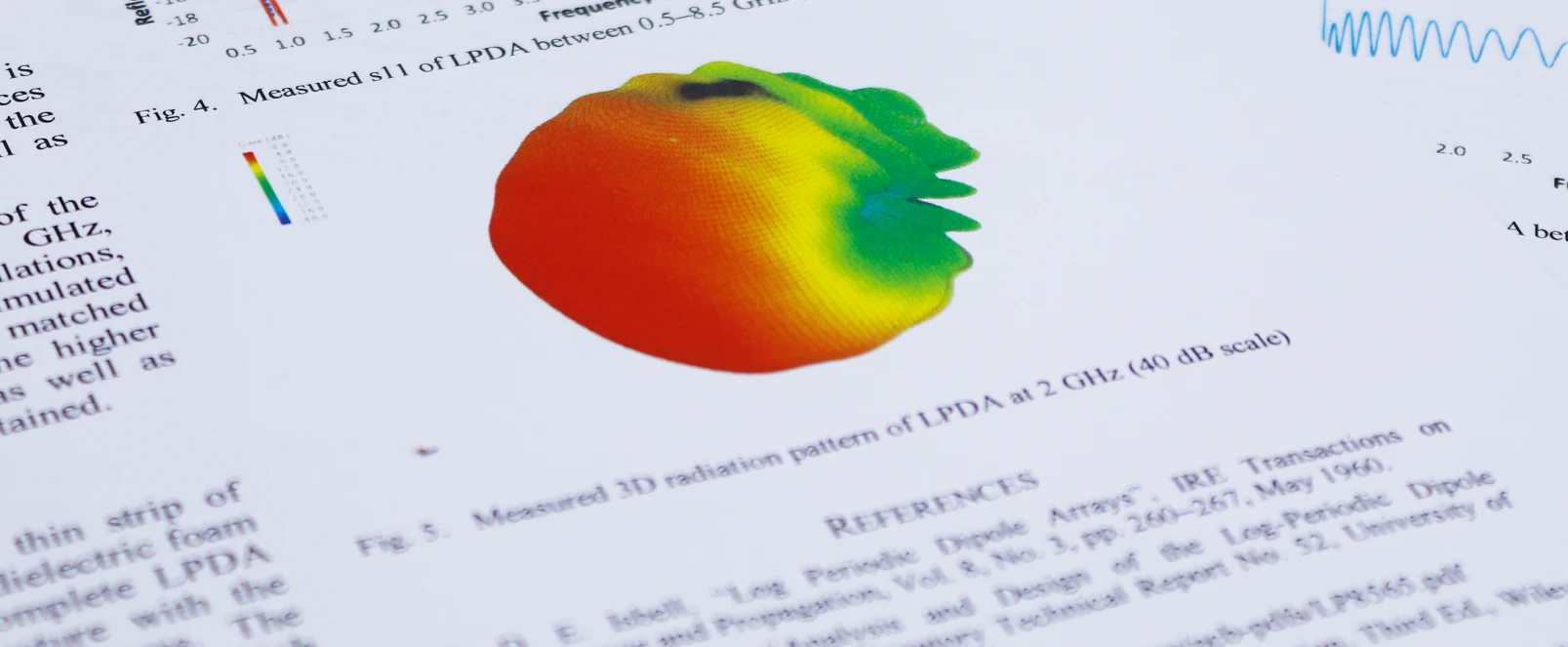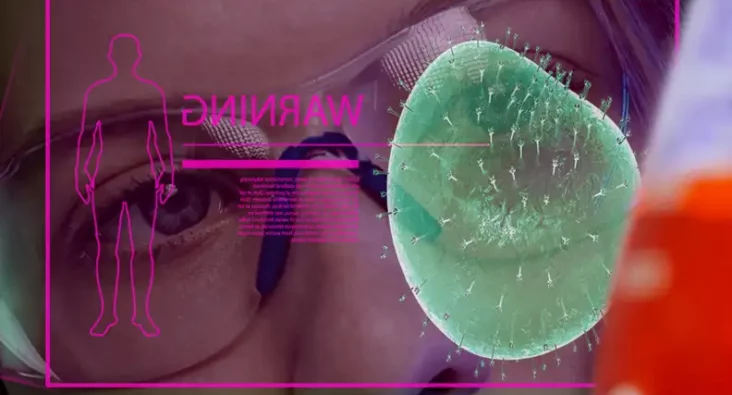Augmented Reality Assistant in Life Sciences
Since the advent of the latest generation of virtual and augmented reality technologies, speculation about what a killer application might look like has been prevalent.
A combination of severe motion sickness, unfulfilled promises of immersivity, or a lack of tangible work benefits foster scepticism towards the technology. However, it is believed that augmented reality could surmount many of the issues experienced in laboratory settings and thus realise meaningful advantages.
In contrast to Virtual Reality, which immerses the user in a fully generated environment by blocking out all peripheral vision, Augmented Reality overlays the natural view through transparent frames with inserted graphics and information.
The hurdle of encouraging individuals to adopt new glasses or goggles when they aren’t traditionally required poses a significant barrier to adoption. Marketable applications of augmented reality should concentrate on scenarios where protective eyewear is already standard. This includes construction, medical situations, or life sciences.
Therein lies augmented reality’s potential to introduce concrete benefits significantly in commercial environments. For instance, construction workers could benefit from AR applications highlighting hazardous areas or guiding correct tool usage. However, the integration of such technology in an industry already heavily regulated with extensive health and safety requirements poses challenges. Signage is mandatory and rigorously enforced, and tool handling skills, that need to be acquired through experience, could make AR overlays either seem patronising or become an annoyance.
In certain medical contexts, a small subset of workers may benefit from an AR overlay to their vision. However, under normal (non-pandemic) conditions, it is evident that only a limited section of these workers regularly wear protective eyewear. Nonetheless, one could envision a surgeon’s vision being enhanced by AR to accentuate specific aspects of surgical procedures, as well as to document a clear log of the surgery for later analysis.
In the comparison, AR’s application in construction or medical contexts does not appear as compelling as the potential advantages seen in the life sciences.
A key and readily realisable benefit in the life sciences through AR is the capability to automatically document every aspect of a scientific experiment. This includes recording details such as the timing of protocol steps, environmental conditions, unexpected events, and necessary adjustments. Post-experiment, the scientist can simply download the procedure details to a computer for review.
In a sequence of experiments where slight variations in protocols are tested extensively to determine critical parameters, replicating results accurately can be exceedingly difficult. There can be significant issues with steps being mistakenly omitted or incorrectly added, and the scientist is left to discern errors based solely on memory. Here, AR would provide a consistent visual checklist of completed, ongoing, and upcoming steps.
At times, documenting variables that are deliberately or inadvertently altered during lab protocols is virtually impossible. Instances could include the precise duration something is left to incubate or specific temperatures of assay components. Monitoring whether equipment has been calibrated correctly can also present a challenge. Identifying daily variations in results without a photographic memory necessitates arduous note-taking and review to pinpoint critical factors. An AR system could automatically document many of these variables and incorporate them into the experiment write-up.
Despite the substantial cost of AR glasses compared to standard lab specs, the necessity for apps tailored to specific lab environments justifies the investment. Given the high costs associated with setting up and operating labs, the one-off expense of AR glasses becomes inconsequential rapidly, especially given the cost benefits from more reliable and efficient experiments.
Therefore, the life sciences sector represents the most advantageous entry point for AR into the market. The benefits are clear, capable of being implemented incrementally, and finely adjustable to suit different organisations, significantly enhancing the utility and efficiency for scientists.
Technology Platforms
Plextek's 'white-label' technology platforms allow you to accelerate product development, streamline efficiencies, and access our extensive R&D expertise to suit your project needs.
-
01 Configurable mmWave Radar ModuleConfigurable mmWave Radar Module
Plextek’s PLX-T60 platform enables rapid development and deployment of custom mmWave radar solutions at scale and pace
-
02 Configurable IoT FrameworkConfigurable IoT Framework
Plextek’s IoT framework enables rapid development and deployment of custom IoT solutions, particularly those requiring extended operation on battery power
-
03 Ubiquitous RadarUbiquitous Radar
Plextek's Ubiquitous Radar will detect returns from many directions simultaneously and accurately, differentiating between drones and birds, and even determining the size and type of drone












































